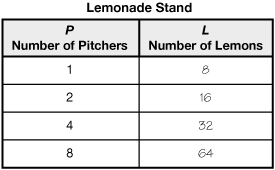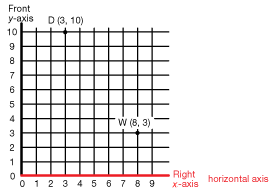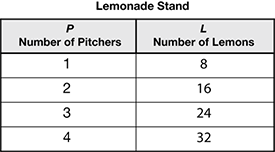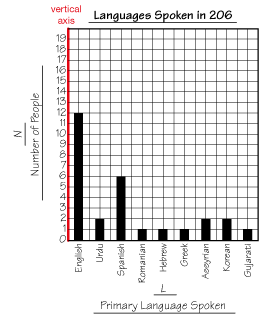Students use a variety of strategies to solve multiplication and division problems involving the cost of a gumball. They represent the costs on tables and graphs and then use these tools to solve problems. Students then use both multiplicative reasoning strategies and these tools to compare their solutions and check for reasonableness.
Content in this Lesson
- Solving problems involving money.
- Identifying and extending multiplicative patterns in graphs and tables [E1].
- Representing multiplicative patterns in graphs and tables [E2].
- Multiplying and dividing using mental math strategies [E3].
- Representing solution strategies for problems involving multiplication [E4].
- Representing solution strategies for problems involving division including interpreting remainders [E5].
- Making point graphs to model real-world situations [E6].
- Reading a table or point graph to find information about a data set [E7].
- Finding and communicating your solutions to a problem so that others can understand your thinking [MPE2, MPE5].
- Checking your work for accuracy with a second method [MPE3].
- Using labels to show what numbers mean [MPE6].
Assessment in this Lesson
| Assessment | Expectation Assessed | Math Practices Expectation Assessed |
|---|---|---|
|
Buying Giant Gumballs |
|
|
|
Home Practice |
|


















